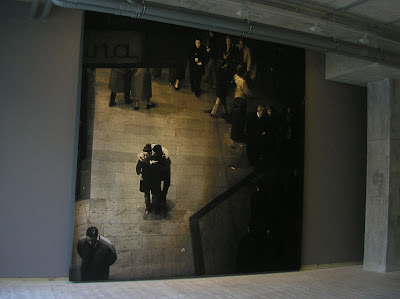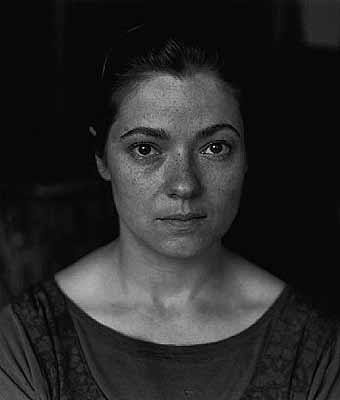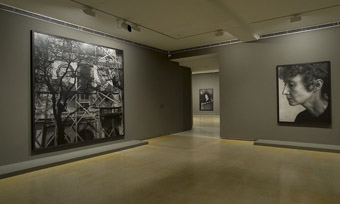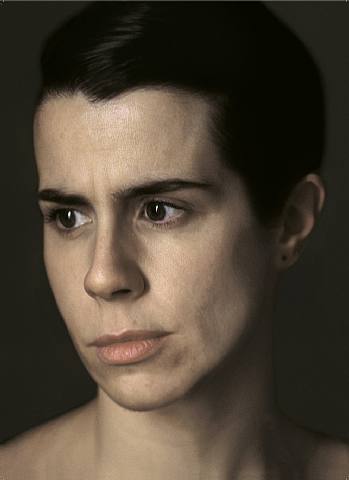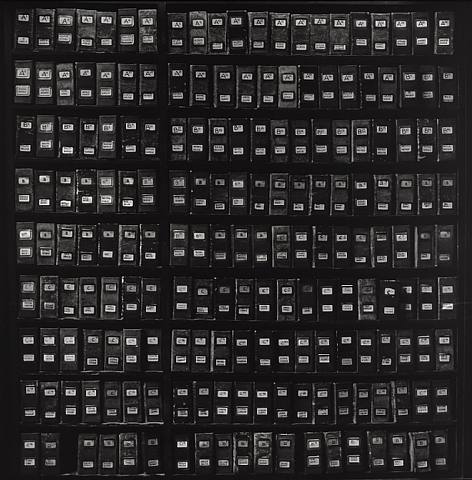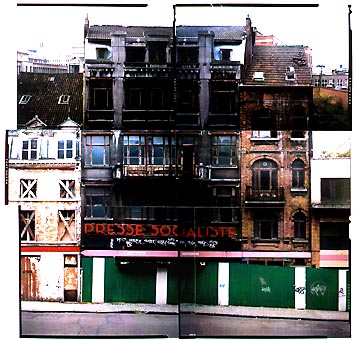 Форум фотографов в Беларуси: forum.znyata.com Смотрите также основной портал фотографов: znyata.com |
|
|
Встреча с легендой.
Модераторы: Андрей Дубинин, Moderators
|
||||||||||||||||||||||||||||||||||||||||||||||||||||||||||||||||||||||||||||||||||||||||||||||||||||||||||||||||||||||||||||||||||||||||||||||||||||||||||||||||||||||||||
|
|
Кто сейчас на конференции |
Сейчас этот форум просматривают: Google [Bot] и гости: 3 |





